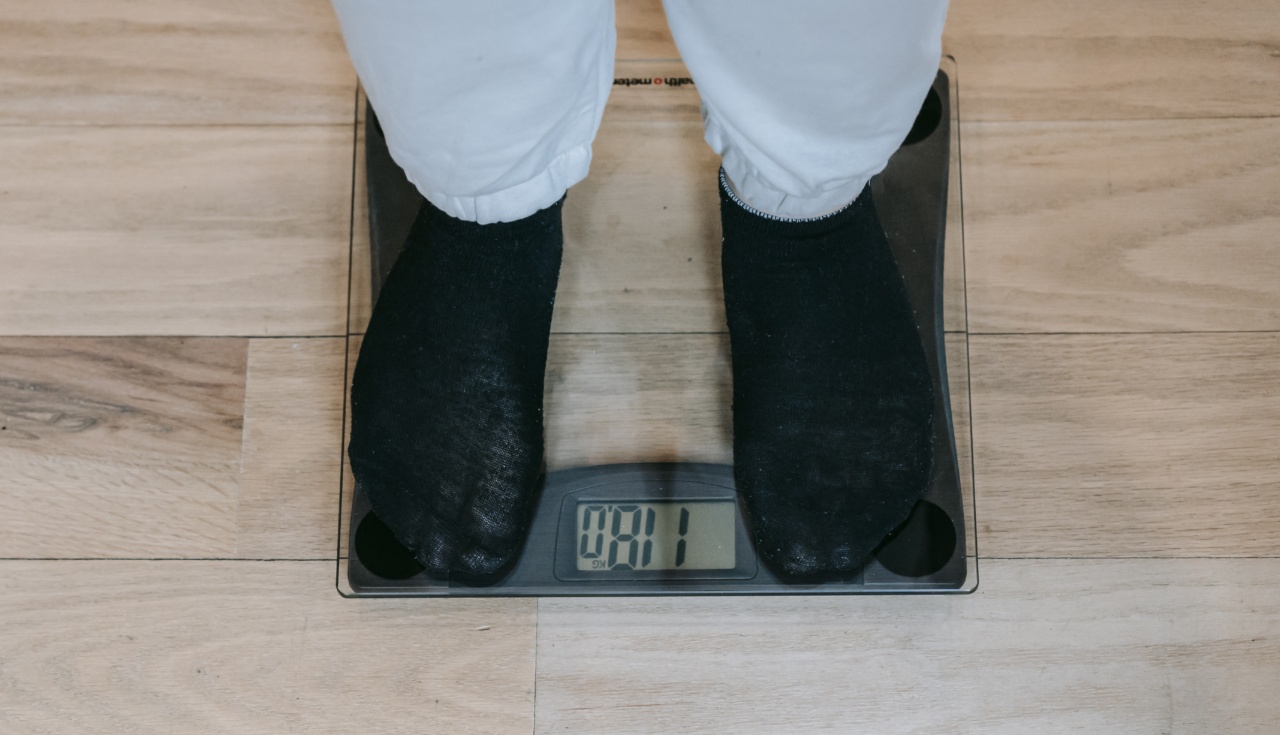When it comes to weight loss, many individuals focus on their diet and exercise routine. However, one crucial factor that often goes unnoticed is room temperature.
Believe it or not, the temperature of your environment plays a significant role in your body’s ability to shed those extra pounds. In this article, we will explore the science behind room temperature and how it can contribute to successful weight loss.
1. The Role of Brown Fat in Weight Loss
Before delving into the impact of room temperature on weight loss, it’s essential to understand the role of brown fat in the process. Unlike white fat, which stores excess calories, brown fat burns energy to generate heat.
This process is known as thermogenesis. Increasing the activity of brown fat in your body can help boost metabolism and contribute to weight loss.
2. The Connection Between Room Temperature and Basal Metabolic Rate (BMR)
Basal Metabolic Rate (BMR) refers to the number of calories your body burns at rest to maintain basic functions such as breathing and circulation. Studies have found a close relationship between room temperature and BMR.
When you expose yourself to colder temperatures, your body needs to work harder to maintain its core temperature, leading to an increase in BMR. As a result, more calories are burned throughout the day, aiding in weight loss.
3. The Impact of Cold Exposure on Caloric Expenditure
Spending time in colder environments, whether it’s indoors or outdoors, can significantly impact caloric expenditure.
A study published in the Journal of Clinical Investigation revealed that exposure to cold temperatures activated brown fat, leading to an increase in energy expenditure. Participants in the study experienced a rise in metabolic rate and burned more calories compared to when they were in warmer environments.
4. Promoting Thermogenesis Through Cold Temperatures
Thermogenesis is the process by which your body generates heat. Cold exposure, such as keeping your indoor temperature lower, can trigger thermogenesis and activate brown fat.
This increase in heat production can boost your metabolic rate and contribute to weight loss. Several studies have shown that individuals who live or work in cooler environments tend to have a higher brown fat activity and increased thermogenesis, leading to enhanced calorie burning.
5. Room Temperature and Appetite Regulation
Room temperature can also influence appetite regulation, which indirectly impacts weight loss. Research has demonstrated that exposure to colder temperatures can suppress appetite.
When your body is working to generate heat in a cool environment, it prioritizes energy expenditure over hunger sensations. By suppressing your appetite, you are more likely to consume fewer calories, aiding in weight loss efforts.
6. Improving Sleep Quality for Weight Management
Sleep quality plays a vital role in weight management. Research suggests that sleeping in cooler room temperatures promotes better sleep by regulating your internal body temperature.
When your body is at an optimal temperature for sleep, you tend to fall asleep faster and experience a more restful sleep. Adequate sleep is crucial for weight loss as it helps regulate hunger hormones and reduces cravings for unhealthy foods.
7. The Importance of Thermal Comfort in Physical Activity
Engaging in physical activity is crucial for weight loss. Room temperature plays a significant role in regulating thermal comfort during exercise.
When your environment is too hot or too cold, it can affect your performance and motivation to be physically active. Maintaining a comfortable room temperature while exercising ensures optimal performance and encourages regular physical activity, which is essential for successful weight loss.
8. The Psychological Impact of Room Temperature on Weight Loss
Room temperature not only affects the physiological aspects of weight loss but also has psychological implications.
Research has shown that individuals who work or live in colder environments tend to have increased alertness, improved mood, and reduced stress levels. These factors can positively influence adherence to a weight loss regimen and support long-term success in achieving and maintaining a healthy weight.
9. Balancing Room Temperature for Optimal Weight Loss
While cold temperatures have shown numerous benefits for weight loss, it is essential to strike a balance. Extreme cold temperatures can be uncomfortable and may lead to health issues if not managed properly.
It is recommended to maintain room temperatures between 64-75°F (18-24°C) to promote thermogenesis, without compromising comfort or health.
10. Conclusion
Room temperature plays a crucial role in successful weight loss.
By understanding the science behind room temperature and its impact on brown fat activation, metabolic rate, appetite regulation, sleep quality, and psychological well-being, you can optimize your weight loss journey. Ensure a comfortable room temperature while keeping it within the optimal range to reap the benefits it offers for shedding those extra pounds.





























